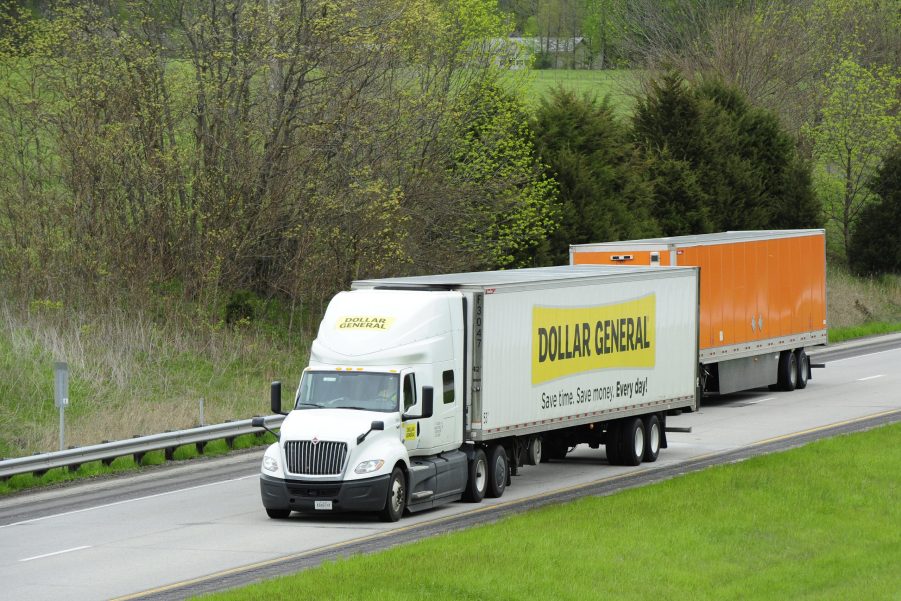
Where Did “Semi-Trucks” Get Their Name?
Everyone passes semi-trucks on the highway, but rarely do people ask the important questions, like how semi-trucks got their name. Maybe you’ve stumbled upon this article in your quest for useless knowledge. Or perhaps you’re a daring individual who also seeks the answers to life’s deepest questions. Questions like why they’re even called semi-trucks in the first place.

Why are semi-trucks called semi-trucks?
The first rule of the English language is that it doesn’t make sense. I mean, cough, tough, though, and through don’t rhyme even though their spelling is almost identical, but pony and bologna do. As an English major, it’s royally confusing. But let’s explore the prefix of “semi.”
In English, semi means “part of something.” This entails that the truck itself is part of something more, which in a sense is true. But there’s a big misconception in the name because the term “semi-truck” is actually short for “semi-trailer truck” according th Schultz and Myers. That means the semi part of the name doesn’t belong to the truck, it belongs to the trailer.
Mind-blowing stuff, right? Well, buckle up, because there’s more to it.
What makes a semi-trailer “semi” anything?

A semi-trailer means that it would be part of a trailer and not the whole thing. But when a large metal box is barrelling down the highway, every part of drivers can get scared. So what’s missing?
The secret is in the wheels. On an 18-wheeler, the truck itself has 10 wheels, leaving eight wheels for the trailer. Usually, the wheels are stacked next to each other, to help distribute the payload’s weight. But because these trailers only have axels in the rear, they’re considered “semi” trailers.
A full trailer would have a set of axels on both the front and the rear of the trailer. A perfect example of this is airport tugs, the ones that shuffle your luggage around. The little trailers, each with axels on the front and the back, would be considered “full-sized.” A towable mobile home that straps into the back of a pickup truck, meanwhile, would be considered “semi-sized.”
So now you know the true, not-so-dirty secret about big rigs. The “semi” aspect doesn’t apply to the truck at all, just the trailer. And that trailer is considered “semi” because it’s missing axels on the front. So, in traditional English fashion, we’ve shortened the expression from the correct term, semi-trailer truck, to the semi-nonsensical term semi-truck, because syllables are time-consuming.
So if the trucks we’re often seeing on the highway are mostly hauling semi-trailers, where are the rest of the full-sized trailers?
Common full-sized trailers on the highway

Chances are, you actually have seen a full-sized trailer truck on the highway, though they’re not as common as your semi-trailer truck. However, if you’ve ever seen a truck hauling a “conga line” of trailers, the one on the end would be considered full-sized (even if it’s a little smaller) since it has front axels.
If there are trailers strapped together like that, they’re known as doubles or triples (depending on how many trailers there are). While they’re a bit harder to drive, due to the added length, these doubles and triples save time. After all, why hire two drivers when you can hire one driver that’ll haul two trailers at once?
There’s a lot to explore in the world of semis. And hopefully, you’ve learned something from this little rant, even if it’s useless information that’ll do nothing for you in the future.


